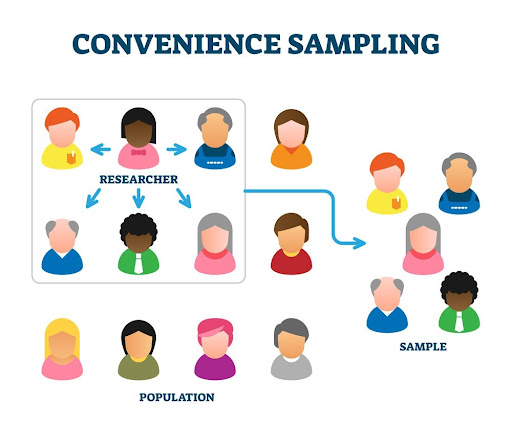-
What are Intervention Studies in Research?

Introduction Intervention studies are research studies designed to assess the effects of specific interventions or treatments on a particular population. They are conducted to evaluate the effectiveness of interventions in achieving desired outcomes and informing evidence-based practices. In this article, we will explore the relevance of intervention studies for researchers and practitioners. Overview of Intervention…
-
Frame Error in Surveys: Causes, Effects & How to Minimize

Introduction In the field of survey research, it is crucial to understand and address various sources of error that can affect the quality and validity of survey results. One such source of error is frame error, which refers to discrepancies between the sampling frame used for a survey and the target population it intends to…
-
Subgroup Analysis: What It Is + How to Conduct It

Introduction Clinical trials are an integral part of the drug development process. They aim to assess the safety and efficacy of a new drug or treatment in a specific population. However, not all patients respond to a particular treatment in the same way. That’s where subgroup analysis comes in. In this article, we’ll explore what…
-
Convenience Sampling: Definition, Applications, Examples

In this article, we’d look at why you should adopt convenience sampling in your research and how to reduce the effects of convenience sampling bias in your data.
-
What is Stratified Sampling? Definition, Examples, Types

In this article, we’d show you how to get a heterogenous sample for diverse data and also touch on the different types of stratified sampling
-
Population of interest – Definition, Determination, Comparisons

In this article, we will discuss what population of interest means, how it differs from a parameter of interest, how to determine the sample size and frame for your research